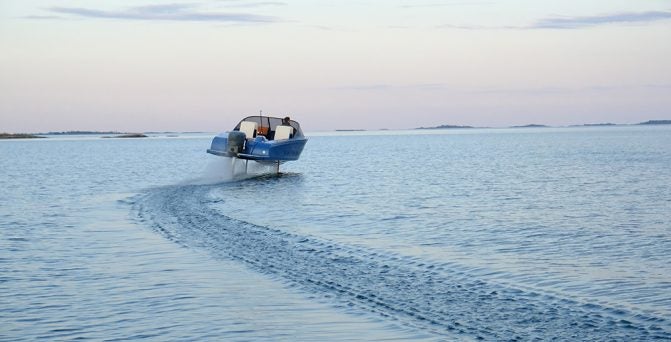
The Americas Cup put hydrofoils in the spotlight, but they’re not just for offshore racers
Watch big ocean boat races like the Americas Cup and you could be excused for thinking that hydrofoils are a new thing. Let’s face it, all that carbon fiber screams bleeding-edge technology, doesn’t it? But the reality is that people have been flying on water for more than a century. Best of all, it is affordable technology, so you don’t have to be an ocean racer to get in on the fun.
The hydrofoil was invented by the Italian engineer Enrico Forlanini, who developed what he called a “skiing boat” way back in 1869. Four decades later, fabled inventor Alexander Graham Bell set a world marine speed record in 1919 with his own hydrofoil design, which exceeded 70 mph.

Enrico Forlanini’s hydrofoil won’t win any beauty contests, but it became the first boat in the world to fly above the waves way back in 1869.
Today, hydrofoils are more in vogue than ever, and especially with today’s growing interest in electric propulsion. Because hydrofoils lift the boat hull clear of the water, they cut drag and seriously increase the run times of electric propulsion systems. So while they were originally designed for sailboats, hydrofoils could very well be the future of powerboats too.
But there’s no need to wait for the future. Here’s how you too can literally fly over the water right now.
Birdyfish

The Birdyfish can hit speeds of 25 mph.
Sailors looking to mimic the Americas Cup crews can do so with the Birdyfish, a French-made, 16-foot sailing hydrofoil that’s absolutely aimed at the weekend sailing market. Designed to be simple, easy to control and affordable, the 300-poound Birdyfish and its carbon-fiber hydrofoils will hit top speeds of 25 mph, which is pretty darned quick for a small sailboat. Learn more.
Candela C-7

Candela says its C-7 is the world’s first all-electric hydrofoil.
Candela says its C-7 is the world’s first fully electric hydrofoil. Using a 50 horsepower-equivalent electric motor, the 26-foot runabout has a top speed of 35 mph, which is pretty good for an electric powerboat. Pull the throttle back to around 25 mph and it offers a range of near 60 miles, which is about three times what other electric boats will do at that speed. Learn more.
The Foiler

The Foiler isn’t cheap, but puts foiling into the luxury leagues.
Enata’s foiling power boat – appropriately named The Foiler – uses four wing-like hydrofoils to create lift, elevating the boat five feet above the waves. The high-tech Foiler is joystick controlled, and a boatload of sophisticated engineering to ensure a smooth ride. The Foiler is powered by a pair of torpedo-shaped pods linked to twin V8 diesels, for a total of 740 horsepower. In full foiling mode, there’s so little drag that the boat hits speeds of around 50 mph with minimal fuel consumption. Learn more.
SEAir Flying Boat
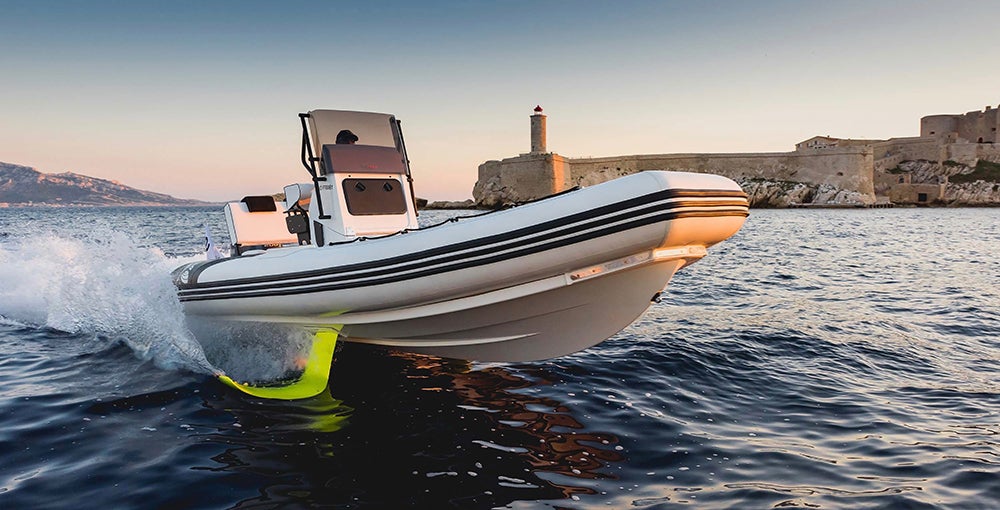
Foiling isn’t just for carbon fiber race boats – even inflatables can fly above the waves.
French hydrofoil builder SEAir offers a line of foiling rigid-hull inflatable boats that it produces in collaboration with Zodiac. Three different models range from 18 to 25 feet in length and accommodate from four to eight passengers. The smallest model – the SEAir 5.5 Flying Tender – works with extra-long shaft outboard engines of up to 115 horsepower, delivering takeoff speeds in the 20 mph range and fuel savings of up to 30 percent – all with a dry, flat ride and no bouncing around in choppy seas. Learn more.
Waszp

Cheap and fun, the Waszp is sold in more than 30 countries.
The lightweight Waszp sailing hydrofoil is unique in that it comes with two different operating modes – learn, and race – to suit the operator’s skill level. Built in China with an infused epoxy hull and aluminum foils, the durable Waszp is sold in 30 countries worldwide, and has spawned a number of Waszp-class races all around the globe. Learn more.
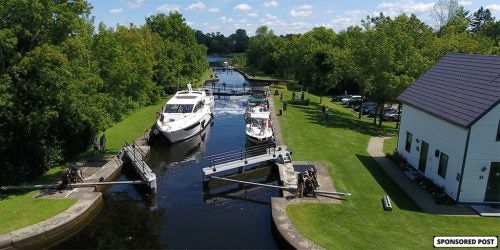
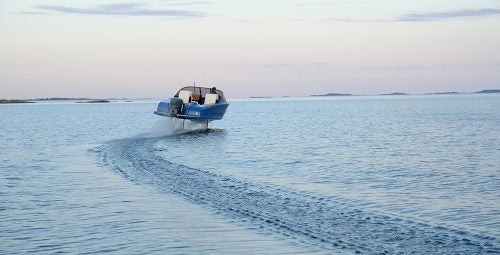
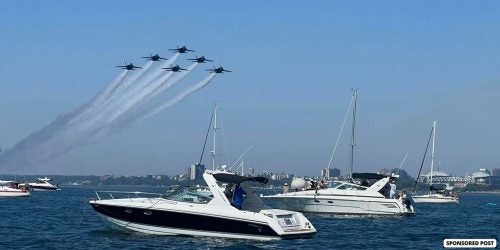


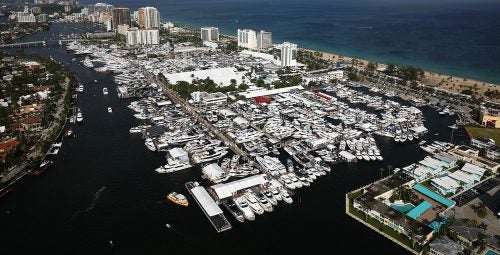 Fort Lauderdale International Boat Show Preview
Fort Lauderdale International Boat Show Preview 10 Best New Boat Accessories at IBEX 2021
10 Best New Boat Accessories at IBEX 2021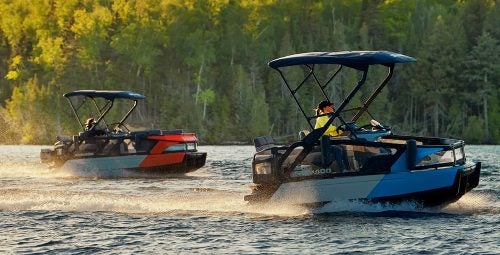 2022 Sea-Doo Switch Pontoon Boat Lineup Unveiled
2022 Sea-Doo Switch Pontoon Boat Lineup Unveiled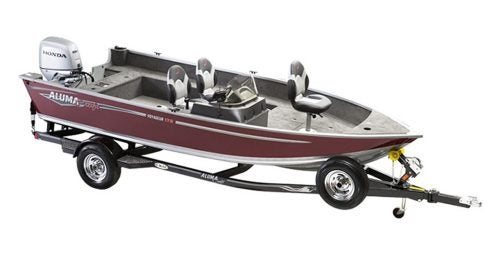 BRP Enters Fishing Boat Market with Purchase of Alumacraft Boat
BRP Enters Fishing Boat Market with Purchase of Alumacraft Boat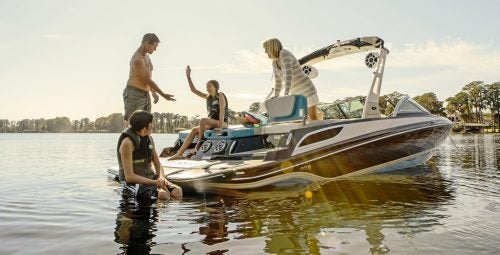 Volvo Commits To Electric Power By 2021
Volvo Commits To Electric Power By 2021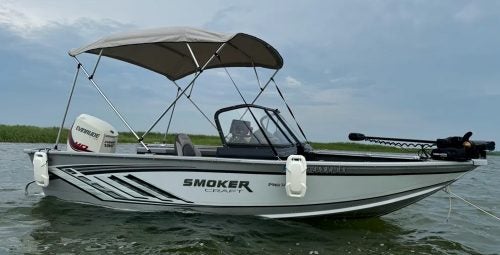 Kemimoto 4 Bow Bimini Top and Boat Bumper Review
Kemimoto 4 Bow Bimini Top and Boat Bumper Review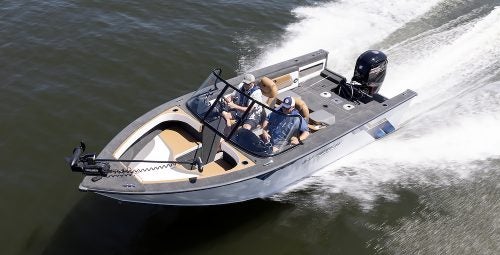 Starweld Victory 20 Review
Starweld Victory 20 Review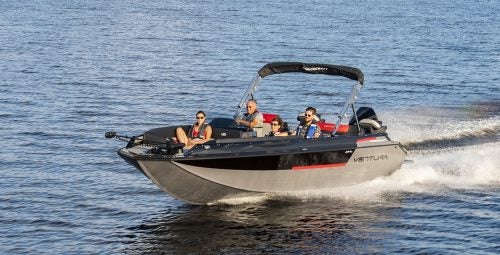 Princecraft Ventura 23 RL Review
Princecraft Ventura 23 RL Review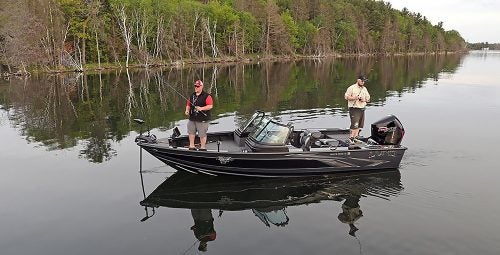 Lund 2075 Pro V Review
Lund 2075 Pro V Review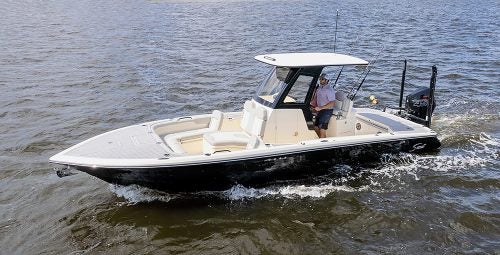 Scout 281 XSS Review
Scout 281 XSS Review Fuel Saving Tips For Boaters
Fuel Saving Tips For Boaters Best Boating Accessories
Best Boating Accessories Best Boating Apps
Best Boating Apps 5 Pontoon Boats That Are Made To Fish
5 Pontoon Boats That Are Made To Fish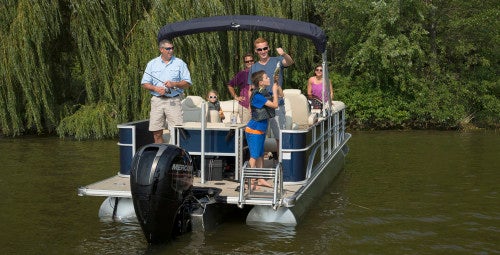 10 Great Small Pontoons
10 Great Small Pontoons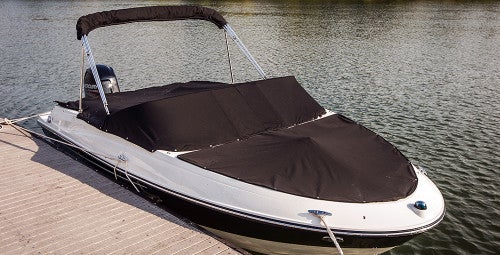 Your Boat Was Expensive—Do You Really Trust a $2 Rope From the Dollar Store to Secure It?
Your Boat Was Expensive—Do You Really Trust a $2 Rope From the Dollar Store to Secure It?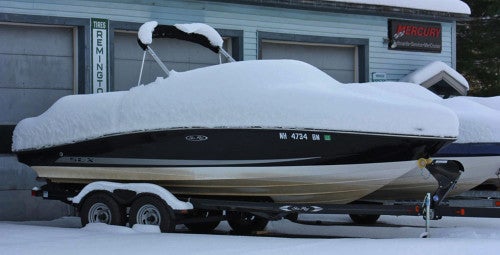 Do I Need Insurance Coverage Against Ice or Freezing Damage?
Do I Need Insurance Coverage Against Ice or Freezing Damage?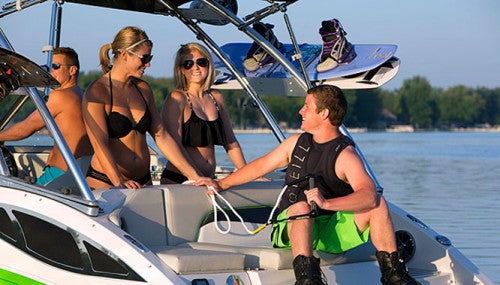 What Kind Of Insurance Coverage Do I Need?
What Kind Of Insurance Coverage Do I Need?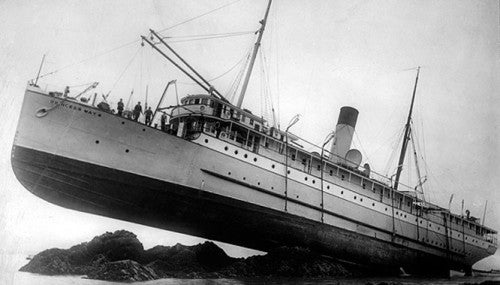 What About Salvage?
What About Salvage?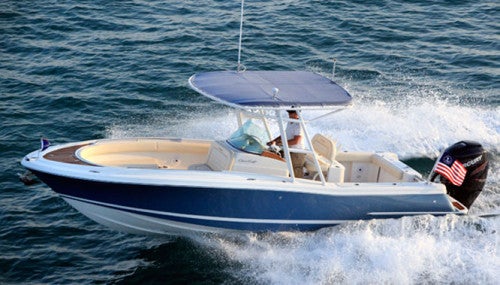 Boat Insurance or Yacht Insurance?
Boat Insurance or Yacht Insurance?

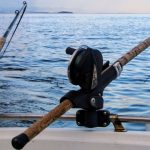

 The Best Bowriders For The Money
The Best Bowriders For The Money
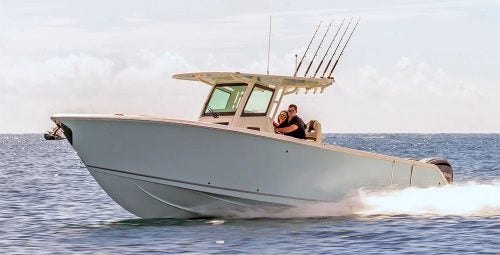 Sailfish 312CC Review
Sailfish 312CC Review
 The Wildest Concept Yachts
The Wildest Concept Yachts
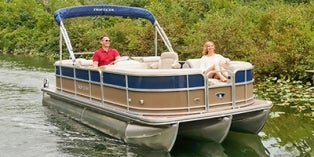 2016 Trifecta 200 Series 220FCR
2016 Trifecta 200 Series 220FCR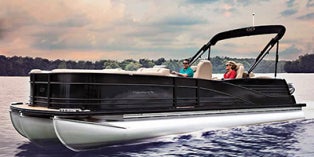 2016 Harris Grand Mariner SL 270 DL
2016 Harris Grand Mariner SL 270 DL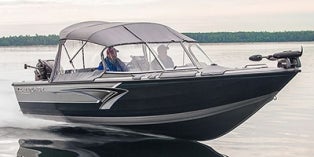 2016 Crestliner Authority 2050
2016 Crestliner Authority 2050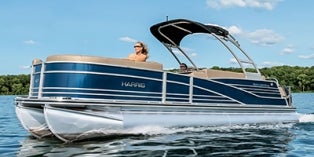 2016 Harris Grand Mariner SL 230 DLDH
2016 Harris Grand Mariner SL 230 DLDH
